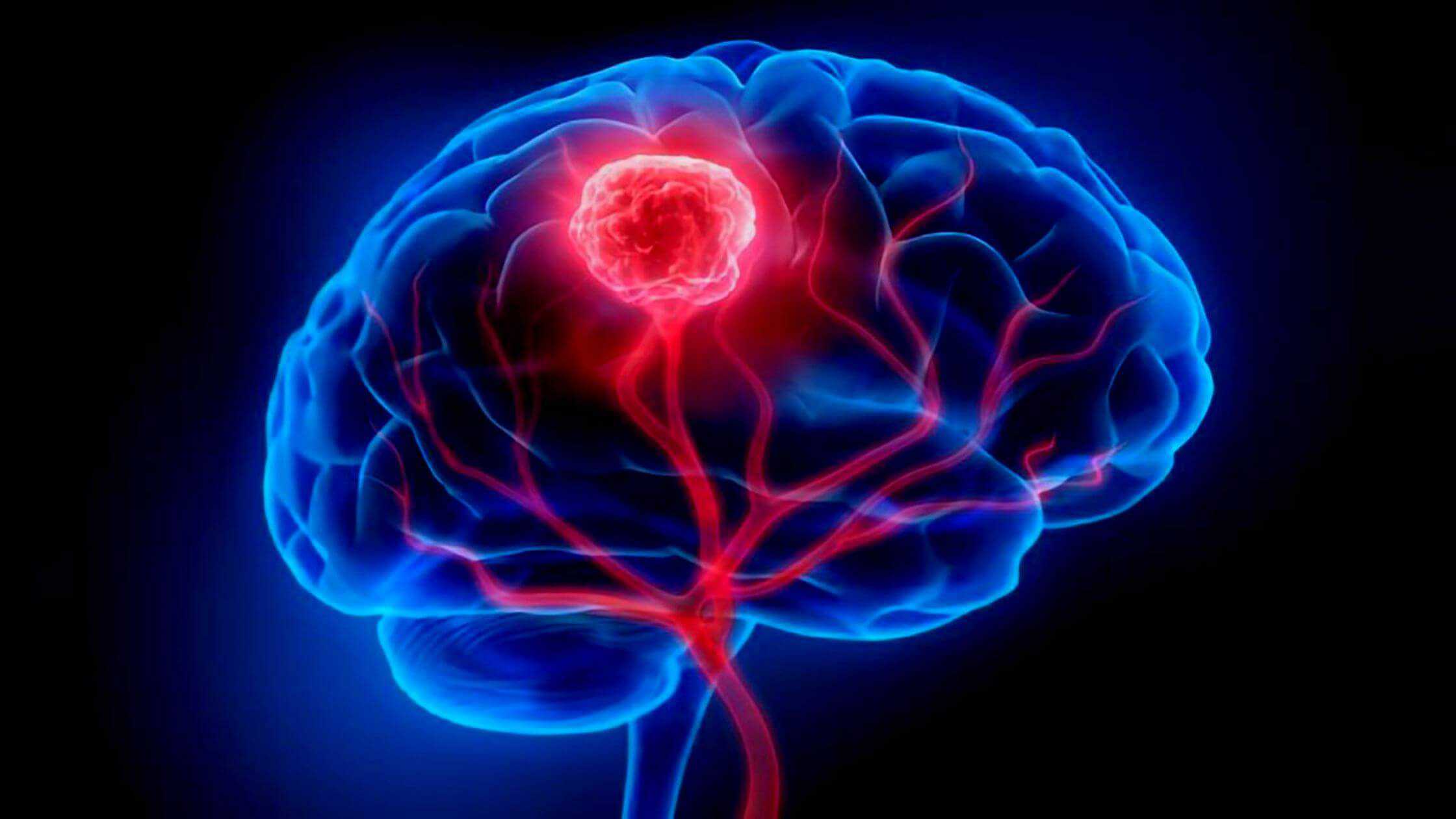Medulloblastoma: The Silent Killer| What You Need to Know?
Teresa Breaux | Last Updated : September 23, 2022If you were to ask 100 people what type of cancer medulloblastoma is, you’d probably get about 50 different answers. Even though the name sounds scary, it’s actually relatively easy to remember – medullo means cord and blastoma means tumor – so it’s no wonder that this brain tumor has been nicknamed the silent killer of childhood cancers. Now, let’s look at some of the facts and statistics behind this deadly brain cancer.
What Is Medulloblastoma (MB)?
Medulloblastoma is a tumor that forms in the cerebellum, which is located at the base of your skull. This type of tumor is also known as an intracranial germ cell tumor.

Medulloblastomas account for about 5% of all brain tumors in children and 10% to 15% of brain tumors in adults. MB typically affects young children, but can also affect teenagers and adults.
Signs and Symptoms of MB
Some of the most common signs and symptoms of medulloblastoma include headaches, nausea, vomiting, and neck pain. Some children will also exhibit delayed development of motor skills as well as speech. As the tumor progresses, additional symptoms such as seizure activity, and difficulty with balance and walking may also occur.
In some cases, the individual may experience bleeding from the nose or ears due to increased pressure on the brain stemming from a tumor that is growing in size.
More from Powdersville Post:
🔵All Parents Should Be ‘Outraged’ By The Battle Against Juvenile Brain Cancer
🔵Teen Footballer Misdiagnosed With A Long Covid Before Doctor Discover A Brain Tumor
Treatments for MB
The treatment for medulloblastoma depends on the location and stage of the tumor, but in general, it is a combination of surgery and chemotherapy. Chemotherapy is typically given as a pill or an intravenous drip. In some cases, radiation therapy may be used to kill any remaining cancer cells that were not removed by surgery.
Researchers have made significant progress in understanding how to treat medulloblastomas, with new drugs that are more effective than older treatments available today.
What causes MB?
Although the exact cause of medulloblastoma is unknown, it is a type of cancer that affects the brain and spinal cord. Most experts believe that medulloblastomas are caused by mutations in genes found throughout the body, but not within the cells of the brain or spine.
In addition, these cells may produce too much protein (or none at all) that can lead to tumor growth. It’s also possible for other cancers to travel to these areas and trigger tumors.
Can this happen to my child?
Unfortunately, children are not immune to cancer. One of the most common cancers in children is medulloblastoma, which can occur in any age group. Medulloblastomas usually start in the brain and then spread to other parts of the body.
Most medulloblastomas are diagnosed between the ages of four and nine years old. It has also been discovered that this type of cancer is caused by an inherited genetic mutation called TP53. If one parent carries the mutated gene, there is a fifty percent chance their child will develop this type of cancer as well.
Where can I find more information about MB?
Medulloblastoma is a tumor that grows in the cerebellum of the brain, specifically in the medulla. It’s most often diagnosed in children and is one of the most common types of cancer among children and adolescents.
This type of cancer typically has no warning signs or symptoms, so it can be difficult to diagnose at an early stage. Medulloblastomas are usually treated with chemotherapy and radiation therapy, which can prove to be very effective with few side effects.
However, because MB originates deep inside the brain, treatment options may vary depending on your child’s age, medical history, and general health condition.
References:
🔵Mayo Clinic (1998-2022) Brain tumor (Available On):https://www.mayoclinic.org/diseases-conditions/medulloblastoma/cdc-20363524
🔵National Library Of Medicine (n.d) Childhood Medulloblastoma: Current Therapies, Emerging Molecular Landscape and Newer Therapeutic Insights (Available On):https://www.ncbi.nlm.nih.gov/pmc/articles/PMC6120114/
Teresa Breaux is a renowned health practitioner who serves as a social worker. She expertized in treating eating disorders and focuses mainly on family-based treatments. Apart from working as a health practitioner, she even provides public awareness through her writings and blogs. Her content includes methods by which you can make delicious and healthy recipes. She is so passionate about writing, especially on issues with eating habits and the importance of eating healthy. If you are someone who loves healthy tips to make your life better, then you must have run across her blogs. You can visit her website and even follow her on social media platforms like Twitter and Instagram.